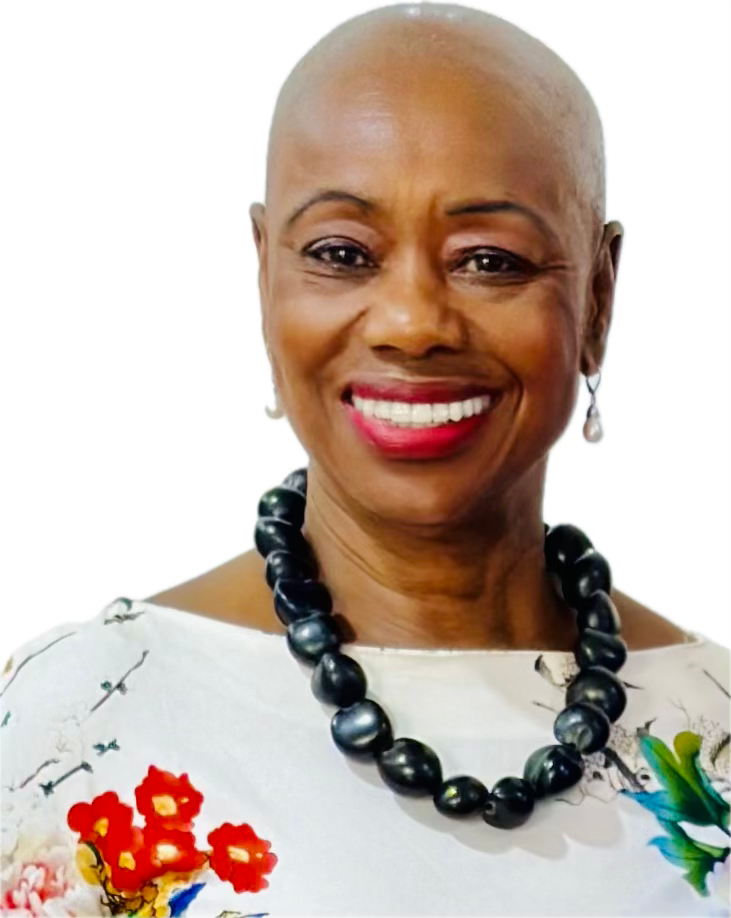
Tea the drink of the Future
- Lorna Owens-CEO

- Sep 5, 2025
- 4 min read
Steeped in Change: How Tea Is Becoming the World’s Drink of the Future
Walk into a teahouse in Brooklyn on a Friday night and you might be surprised. The lights are soft, the tables are crowded, and the chatter is vibrant—but there’s no alcohol in sight. Instead, the clink of porcelain teacups punctuates the hum of conversation. Matcha whisked into froth, oolong poured with care, jasmine pearls unfurling in clear glass pots. This is not your grandmother’s tea party—it is Generation Z’s answer to the bar scene.
Across continents, tea—long considered the world’s oldest and most ubiquitous beverage—is being reborn. The numbers confirm what the senses already know: more people are drinking tea, and they are doing it for reasons as diverse as the leaves themselves.
The Numbers Behind the Leaves
Globally, tea is already the most consumed manufactured drink—more than coffee, soft drinks, and alcohol combined. In Turkey, the average person consumes about 2.5 kilograms of tea per year, the highest in the world. In Britain, it’s about 1.9 kilograms. India, with its billion-plus population, may average less per person but dominates in overall volume, with endless cups of chai fueling villages and megacities alike.
In the United States—long a coffee country—change is brewing. Nearly half the population drinks tea daily, with consumption strongest in the South, where sweet iced tea is a cultural staple, and in the Northeast, where black teas and herbal infusions dominate. By 2030, the global tea market is expected to reach $24 billion, growing at more than 6 percent a year.
But statistics only scratch the surface. What explains this quiet global surge?
Health in a Cup
“Tea is wellness you can hold in your hand,” says Dr. Amira Rahman, a nutritionist in Cairo. “For generations in my family, tea wasn’t a trend—it was medicine.”
Indeed, modern science is confirming what tradition has long proclaimed. Green tea is associated with heart health and longevity. Herbal blends like chamomile and valerian root support sleep. Rooibos offers antioxidants without caffeine. Turmeric teas have become staples among those battling inflammation.
In a world weary of pharmaceuticals, sugar-laden drinks, and over-caffeination, tea offers something gentler. “It’s not just hydration,” Rahman adds. “It’s ritual, and ritual itself is healing.”
The Ritual Generation
For younger consumers, the pull of tea lies as much in the process as the product. Boiling water. Measuring leaves. Watching them bloom, unfurl, release color. Unlike coffee, which is often swallowed on the run, tea insists on time.
“Tea teaches you patience,” says 24-year-old Sahana, a university student in Bangalore. “When I’m overwhelmed with exams, I stop and brew chai. I listen to the cardamom crackle, I smell the ginger, I wait for the milk to rise. That pause saves me.”
Across Instagram and TikTok, “tea aesthetic” content has exploded—ceremonial matcha whisking, Chinese gongfu rituals, Moroccan mint pouring. For a generation anxious and over-connected, tea has become an anchor.
Culture Reclaimed
The global renaissance of tea is also a rediscovery of cultural identity.
In London, where tea is synonymous with empire, young Britons are reimagining it on their own terms. A survey found that 42 percent of Gen Z now reach for tea instead of alcohol when stressed. Pop-up tea parties are replacing pub crawls. “We call ourselves Gen T,” jokes 19-year-old Emily from Manchester. “We don’t want hangovers. We want connection.”
In Nairobi, small-scale women farmers are entering the specialty tea market, producing artisanal white and purple teas for export. In Colombo, Sri Lanka, local collectives are reclaiming the story of “Ceylon tea” by centering the women who pluck it. In Tokyo, tea masters are welcoming a new wave of international students eager to learn the centuries-old Japanese tea ceremony.
Tea has always been political, economic, and spiritual. Today, it is also deeply personal—a way to honor heritage, to support women farmers, to sip sustainability.
The Social Alternative
Alcohol consumption is falling among younger generations worldwide, and tea is filling the void.
In Los Angeles, a teahouse called Steep After Dark hosts live DJs, but instead of cocktails, guests sip pu’erh and herbal blends. In Accra, young professionals gather at open-air tea gardens to discuss politics over hibiscus bissap. In Amman, mint tea fuels hours-long debates in cafes, while in Doha, karak chai is the drink of both truck drivers and executives.
“Tea creates belonging,” says sociologist Linh Tran in Hanoi. “It is universal but infinitely adaptable. Wherever you go, you’ll find tea, and it will taste of that place.”
A Future Written in Leaves
The tea industry itself is beginning to pivot to meet these shifts. Specialty teas are on the rise, with single-origin oolongs, artisanal white teas, and experimental blends entering the mainstream. Ethical sourcing and transparency—particularly around the labor of women in the value chain—are no longer optional; they are demanded by a generation that wants its rituals aligned with its values.
“Tea is no longer just about comfort,” says Mariam, a third-generation tea farmer near Mount Kenya. “It’s about justice. When you buy my tea, you are supporting my daughters’ education. You are helping us move beyond survival.”
More Than a Drink
Perhaps this is the ultimate reason more people are drinking tea: because it is never just tea. It is wellness, ritual, culture, connection, and livelihood steeped together. A simple leaf, transformed by hot water, becomes medicine, memory, and metaphor.
When Gen Zers in New York trade beers for matcha, when Kenyan women farmers export purple tea to Paris, when Turkish families gather for endless glasses of black tea, they are participating in the same ancient story—yet writing a new chapter.
The world is drinking more tea, yes. But more importantly, the world is remembering why.











































Comments